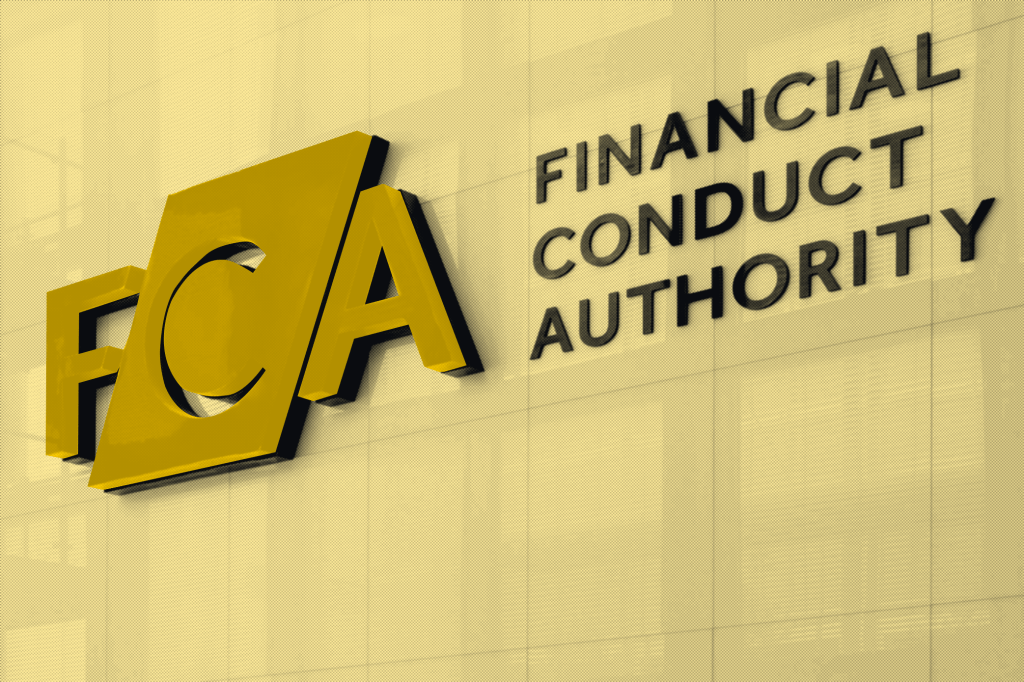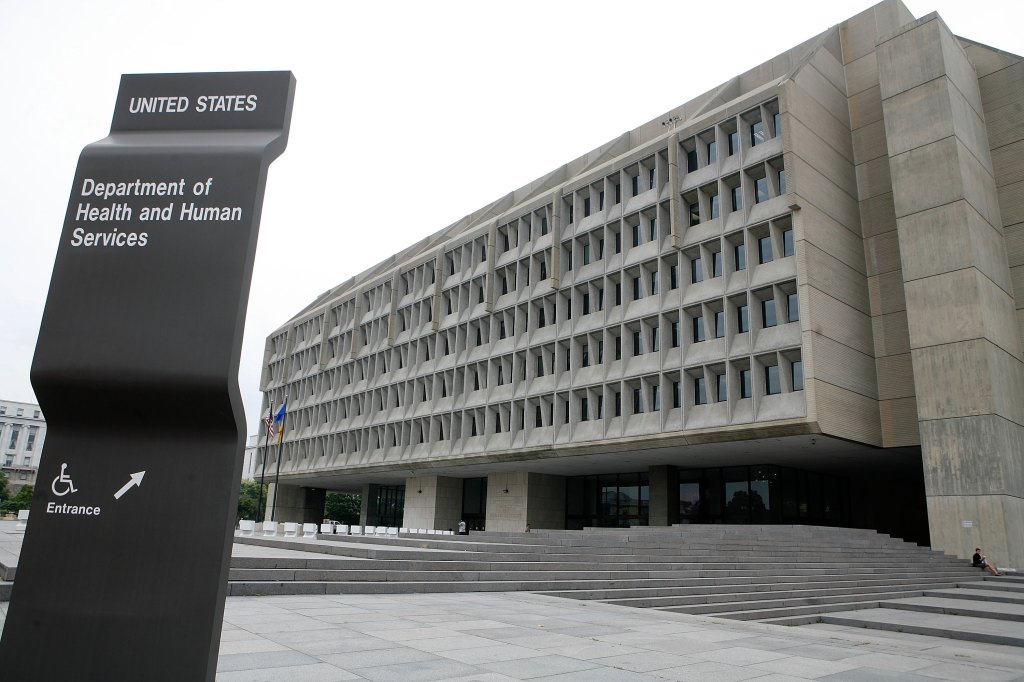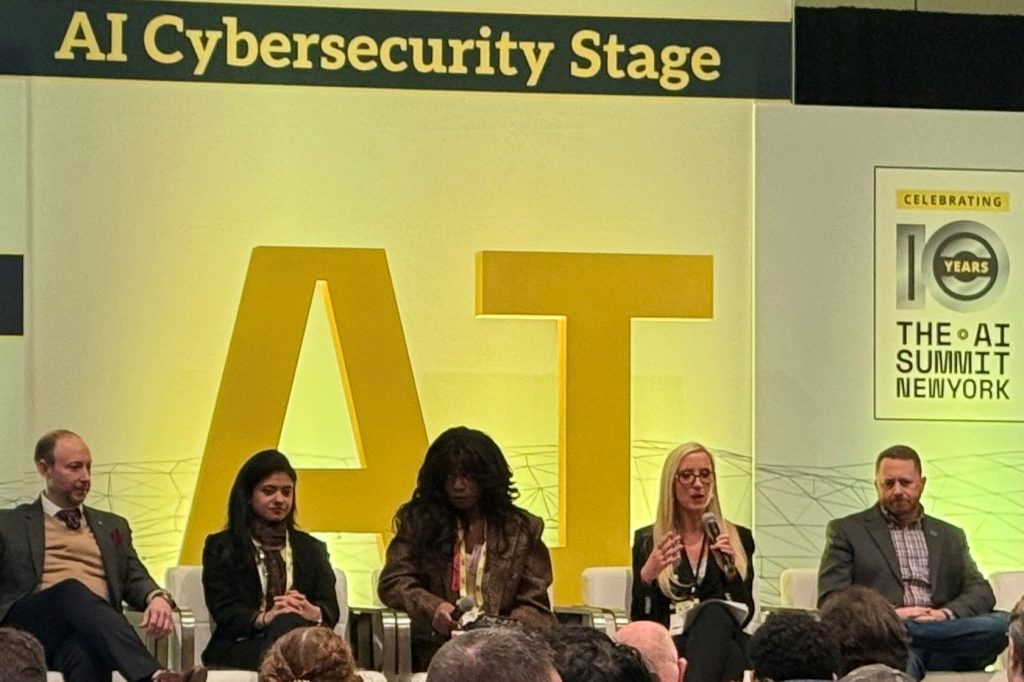The EU’s Digital Operational Resilience Act (DORA) dragon is getting ready for flight in 148 days (business days as at June 26). Leave your castle walls in disrepair over the summer holidays at your peril.
This regulation has taken a far deeper, broader and more prescriptive approach to derisking
Register for free to keep reading.
To continue reading this article and unlock full access to GRIP, register now. You’ll enjoy free access to all content until our subscription service launches in early 2026.
- Unlimited access to industry insights
- Stay on top of key rules and regulatory changes with our Rules Navigator
- Ad-free experience with no distractions
- Regular podcasts from trusted external experts
- Fresh compliance and regulatory content every day













